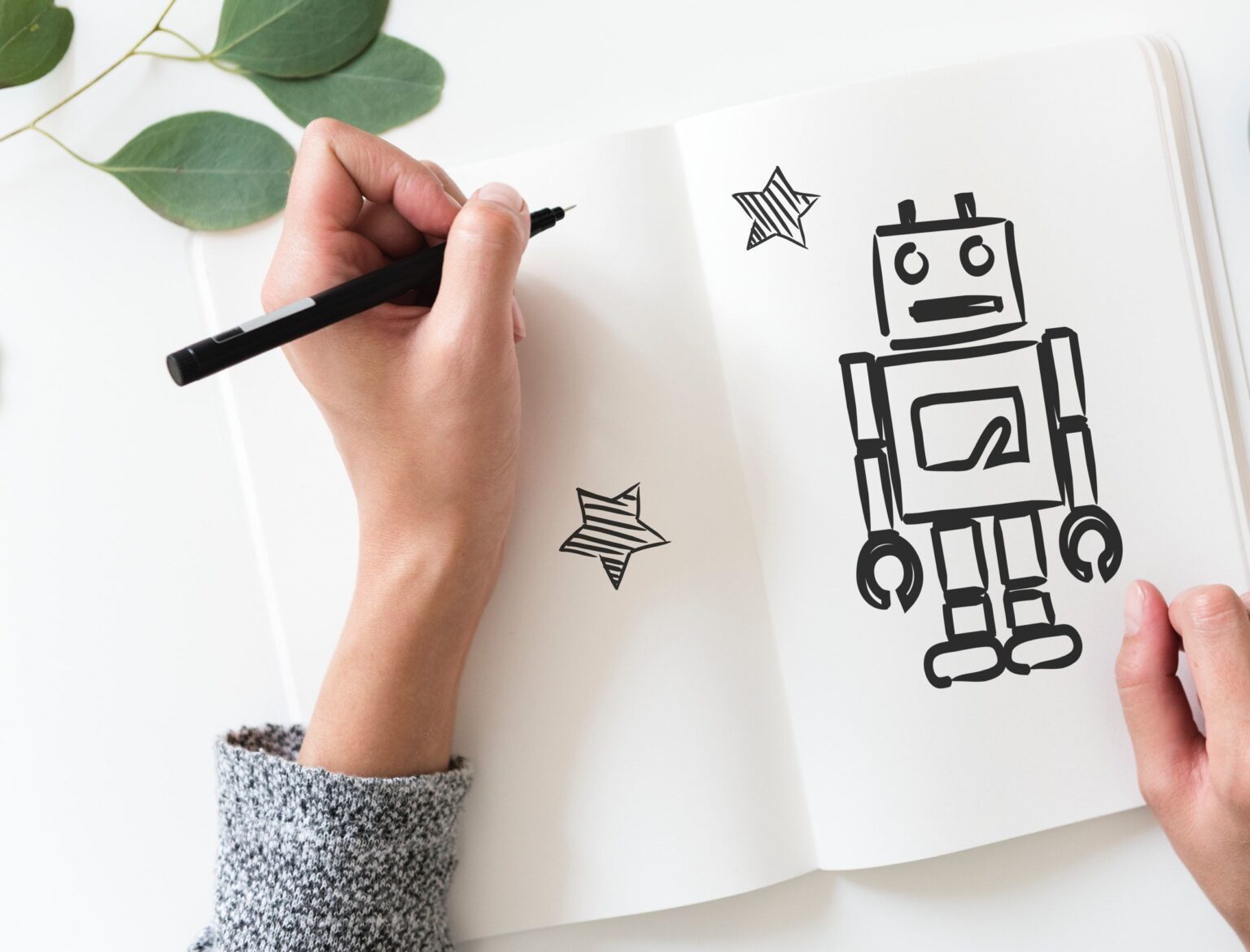Human and Artificial Intelligence (AI) interactions are evolving at a rapid pace, with the number of users on messaging apps like WhatsApp, Slack and Skype skyrocketing. The spread of messengers, virtual ‘chatbots’ and programmes that imitate human conversations, is increasing in demand. Facebook Messenger alone has more than 1.2 billion monthly users! But what exactly is a chatbot, and how is it possible for it to replicate lifelike, human conversations?
The basics
A chatbot is an AI programme, created to simulate conversations with the general public. Chatbots can be programmed to respond the same way each time, to respond differently to messages containing certain keywords and even to use machine learning to adapt their responses to fit the situation. Chatbots streamline the interactions between people and services and they enhance one-on-one experiences by assisting the customer with their specific query.
Through repeated interactions, they develop the ability to understand complex requests, personalise their responses and improve on their interactions over time. Currently, there are over 10,000 developers working on chatbots for use in global messaging programmes such as Facebook Messenger. And it’s estimated that by 2020 over 40% of mobile interactions will be managed by some form of AI, while over 85% of customer interactions will be managed without the input of a human presence.
Why use a chatbot?
Chatbot applications streamline interactions between people and services, enhancing customer experience. At the same time, they offer companies new opportunities to improve the customer’s engagement process and operational efficiency by reducing the typical cost of customer service.
To be successful, a chatbot solution should be able to effectively perform both of these tasks, but human support plays a key role here. Regardless of the kind of approach and the platform, human intervention is crucial in configuring, training and optimising the chatbot system.
- Time/money saving: Through simply automating conversations that would otherwise require the interactions of an employee, organisations can save time and money, which can be better allocated.
- Personalised communication: A chatbot answers the specific questions of visitors instead of displaying a long list of information. The more attention a customer receives, the more likely he or she is to engage with your brand.
- Improve the response rate: While a human respondent can reply to only a certain number of queries, a chatbot can respond 100% of the time.
- Provide ‘after hours’ support: A chatbot’s primary function is to provide quick answers in an emergency, which is especially helpful in an ‘after hours’ situation. By using a robust chatbot when a business is closed, customers still gain access to the information they need. Chatbots help to significantly decrease the average time to respond, bringing a business owner closer to their customers’ expectations.
- Generating leads: Chatbots use direct messages to gather information necessary to provide effective support. For example, asking users why they’re visiting your page is one question that is likely asked in every engagement. Automating this initial interaction allows users to share the information needed for the agent to better serve them without requiring a human to ask for it.
The more a chatbot interacts with its audience, the more opportunity there is for it to learn and grow.



